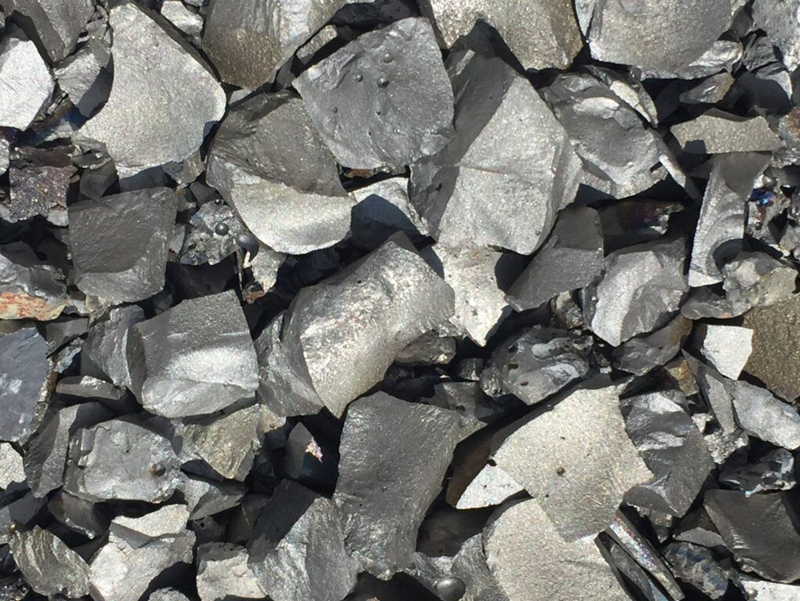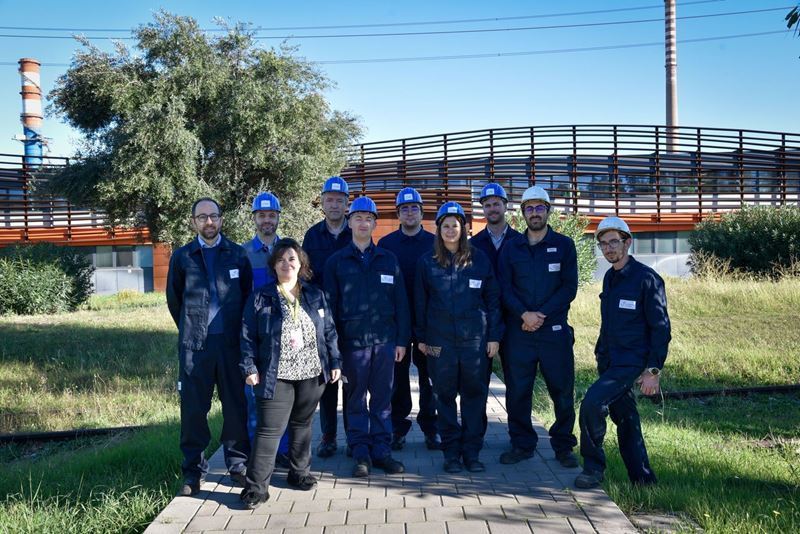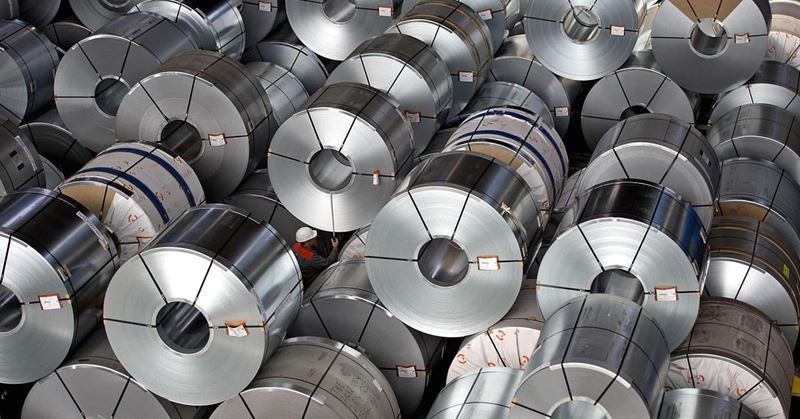The measure in question is expected to be published in the EU Official Journal and enter into force by 18 November. The preliminary review investigation had been launched in December 2024 at the request of several member states.
ASSOFERMET, in its recommendations to the Italian government, aims to ensure that the new safeguard measure does not excessively burden EU importers and downstream users. According to the association, if the proposed 25% reduction in import quotas is confirmed, the EU market will face severe supply shortages and imbalances, given that European ferroalloy production has long been insufficient to meet internal demand.
The groups most affected would be EU importers, but downstream users such as EU steelmakers and especially aluminium foundries would also face significant challenges. ASSOFERMET stresses that these sectors are already under heavy pressure, and any further strain on ferroalloy supply would undermine their competitiveness.
Having analysed the Commission’s draft proposal, the association has submitted three key recommendations to the government: reducing the proposed 25% quota cut to 20%, introducing a carry-over mechanism and setting a realistic 2% annual liberalisation rate.
ASSOFERMET also warns that the shift from a fixed duty to a variable “out-of-quota duty” carries major risks. The draft offers no clarity on how this duty would be calculated, who would determine it, how it would be published, or how frequently it would be updated. According to the association, this uncertainty will complicate import contracting and create operational risks for businesses.
Another notable aspect of the new safeguard measure is that it would apply to Norway and Iceland as well. These two countries, part of the European Economic Area (EEA), have so far been excluded from EU steel safeguard measures. ASSOFERMET highlights that Norway has long been one of the EU’s key trading partners and argues that effectively closing the door to ferroalloy imports from Norway would send the wrong political and economic signal. In its view, the move could have consequences far beyond the ferroalloy market and might affect the broader economic balance and EU–Norway relations.








Comments
No comment yet.